From the Spring 2023 edition of Reflections of Central Florida
Our Figurehead: Music & Mayhem in Orlando’s Underground exhibition shines a light on a period in the City Beautiful’s history when a new generation frequented downtown venues for the communal experience of enjoying live music. Downtown Orlando has a long history of performance, from the creation of the Orlando Opera House in 1884 to the opening of the Dr. Phillips Center for the Performing Arts, 130 years later in 2014.

In 1883, the family of cattle baron Jacob Summerlin donated land they owned around Lake Eola for public use. According to the city’s website, Lake Eola was recognized as a City of Orlando public park in 1888, and a bandshell has been a “staple of the park” since 1886.
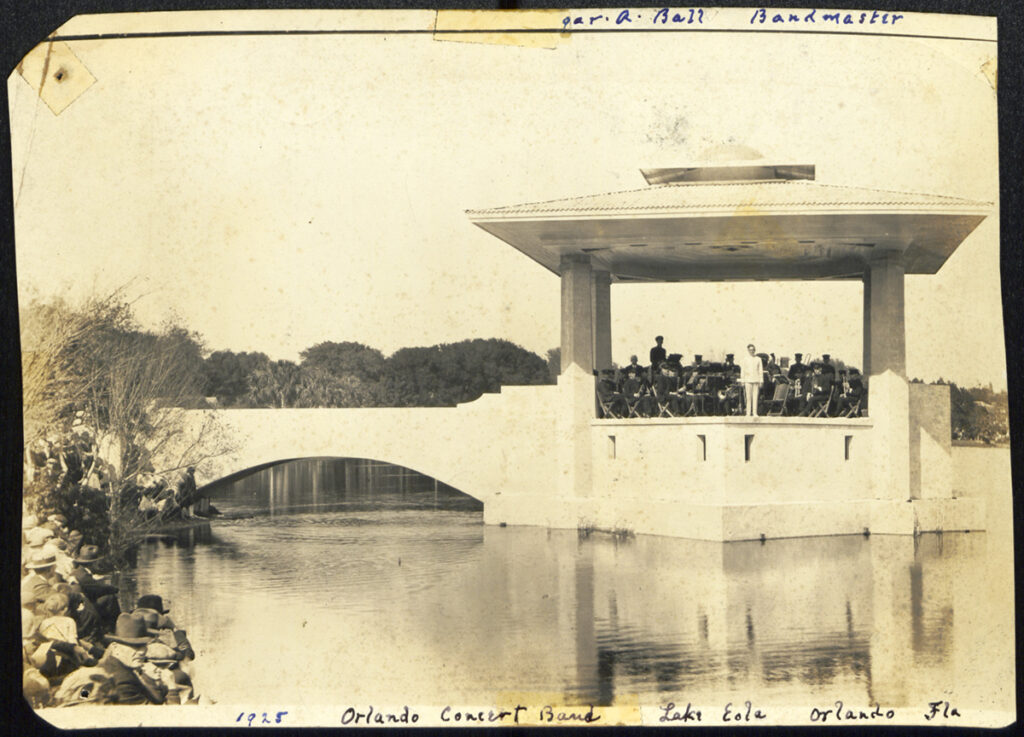
The Prairie Style bandstand at Orlando’s Lake Eola, designed by architects Ida Annah Ryan and Isabel Roberts, was dedicated on March 23, 1924, with a program featuring the city’s Pythian Band, conducted by Edgar A. Ball. Musical selections included the popular William Tell Overture and a banjo solo by Charles Green, enjoyed by an audience of hundreds, seated on the lake’s shore.
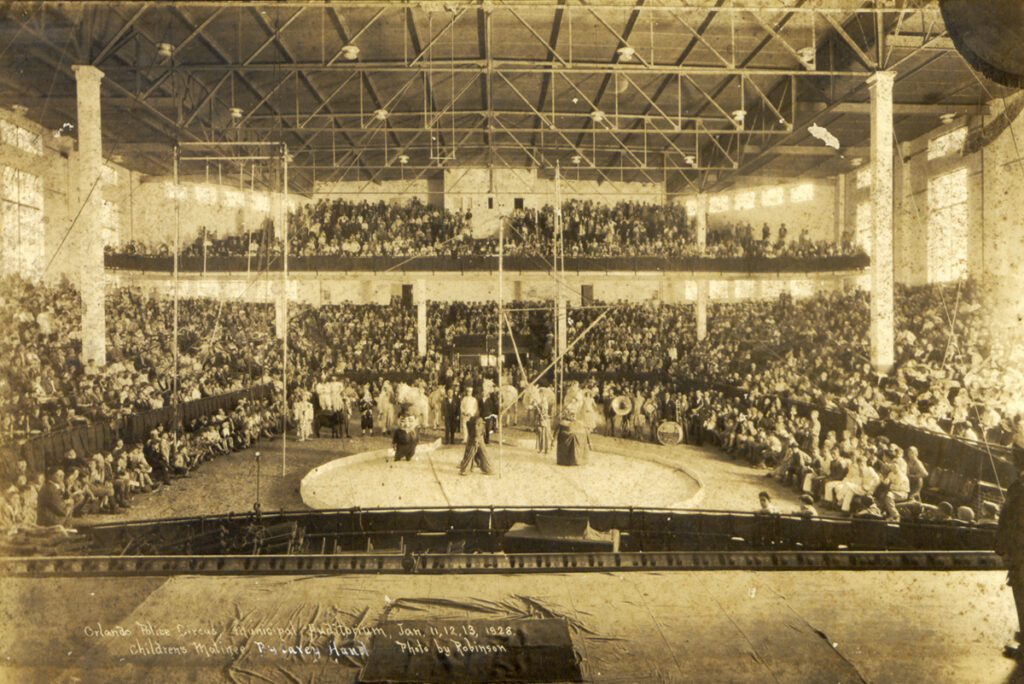
Orlando’s Municipal Auditorium on West Livingston Street first opened its doors in 1926 on land reserved for the Orange County Fair. The auditorium’s grand opening on February 21, 1927, featured the La Scala Grand Opera Company of Philadelphia presenting Verdi’s Aida. Elvis Presley performed there on three occasions in 1955 and 1956. Despite being notoriously hot in the years before air-conditioning and having poor acoustics, the venerable venue holds a special place in the hearts of many Central Floridians.
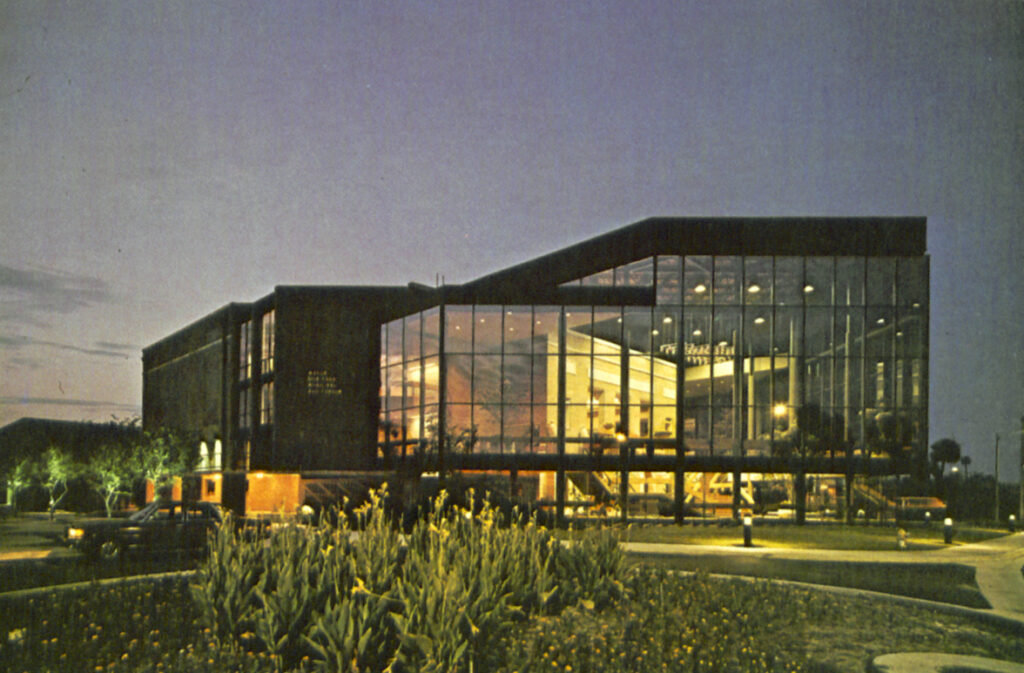
In the 1970s, “Muni Aud,” as longtime Orlandoans often called it, was transformed into the Mayor Bob Carr Performing Arts Centre and is now an official Orlando Historic Landmark. Bob Carr was mayor of Orlando from 1956 to 1967. During the renovation, the Municipal Auditorium’s original facade was enclosed by glass walls that created an interior. Today the Bob Carr is managed by Dr. Phillips Center for the Performing Arts and is part of the Creative Village Development.
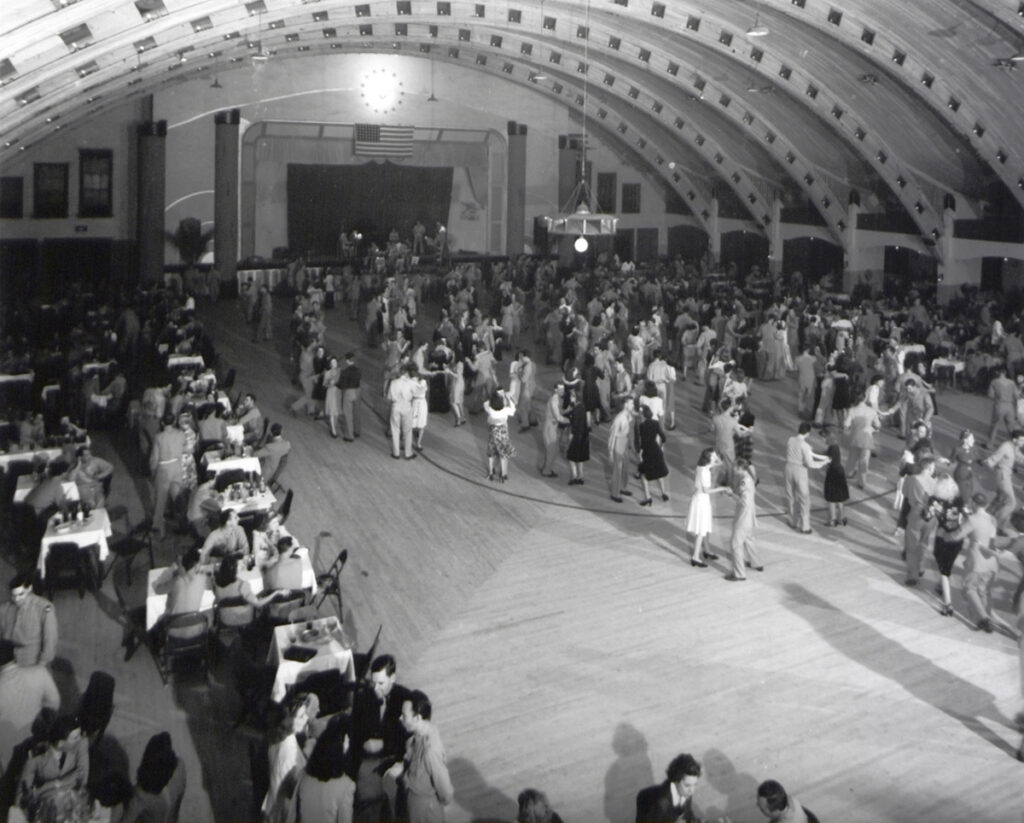
The Orlando Coliseum (seen above in the 1940s) opened its doors on December 23, 1926, the start of a multiday celebration of the new venue on North Orange Avenue near Lake Ivanhoe, just north of downtown. The opening featured vaudeville performances, an elaborate indoor light show, and music from the Tom Danks Orchestra. Over the next several decades, the Coliseum hosted dances, basketball games, concerts, and civic events of all varieties. The property boasted the Aquaseum, one of Orlando’s first public swimming pools, and the Bowliseum, a twelve-lane bowling alley. The main dance floor also doubled as a skating rink for local youth. Sadly, a fire ravaged the Coliseum in 1972, and the building was soon demolished, leaving only the memories of what was once Orlando’s most popular hangout.
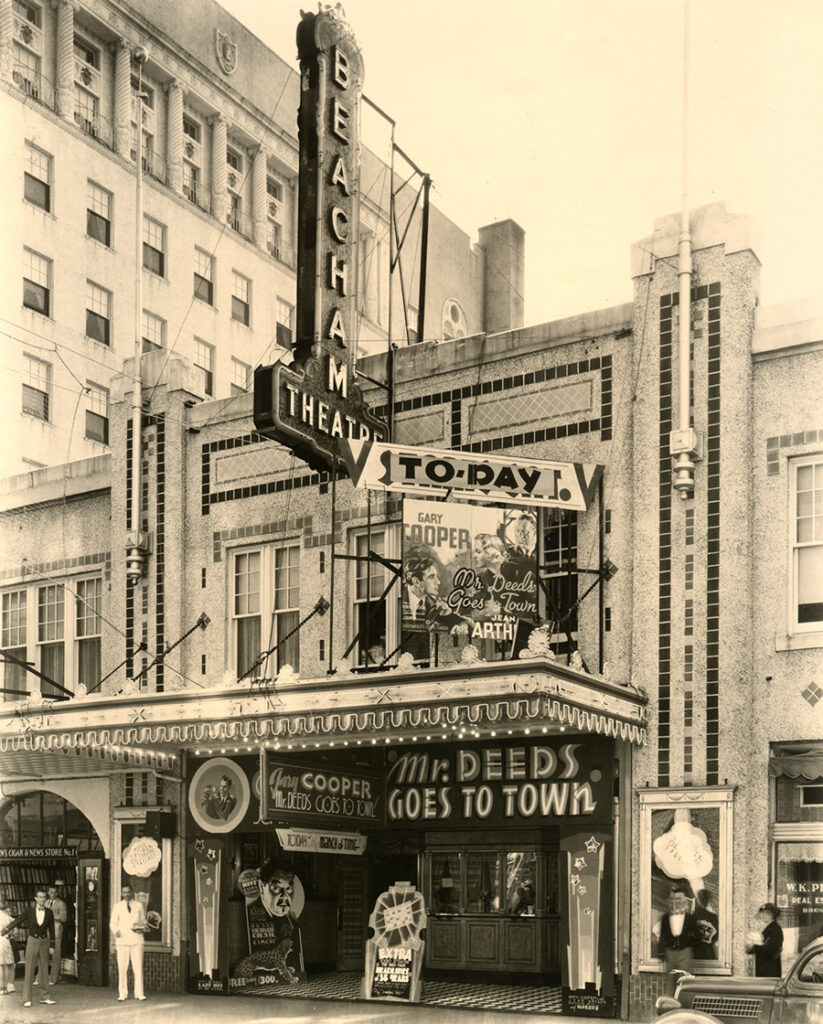
Built by former Orlando mayor Braxton Beacham Sr. in 1921, the Beacham Theatre started as a venue for vaudeville performers as well as motion pictures. It became Orlando’s premier movie palace, and its Orange Avenue facade was often bedecked with elaborate decorations to advertise local movie debuts. The building was shuttered in 1975 but returned as a live music venue called the Great Southern Music Hall, a franchise of a venue of the same name in Gainesville. Today it is a nightclub known simply as The Beacham.
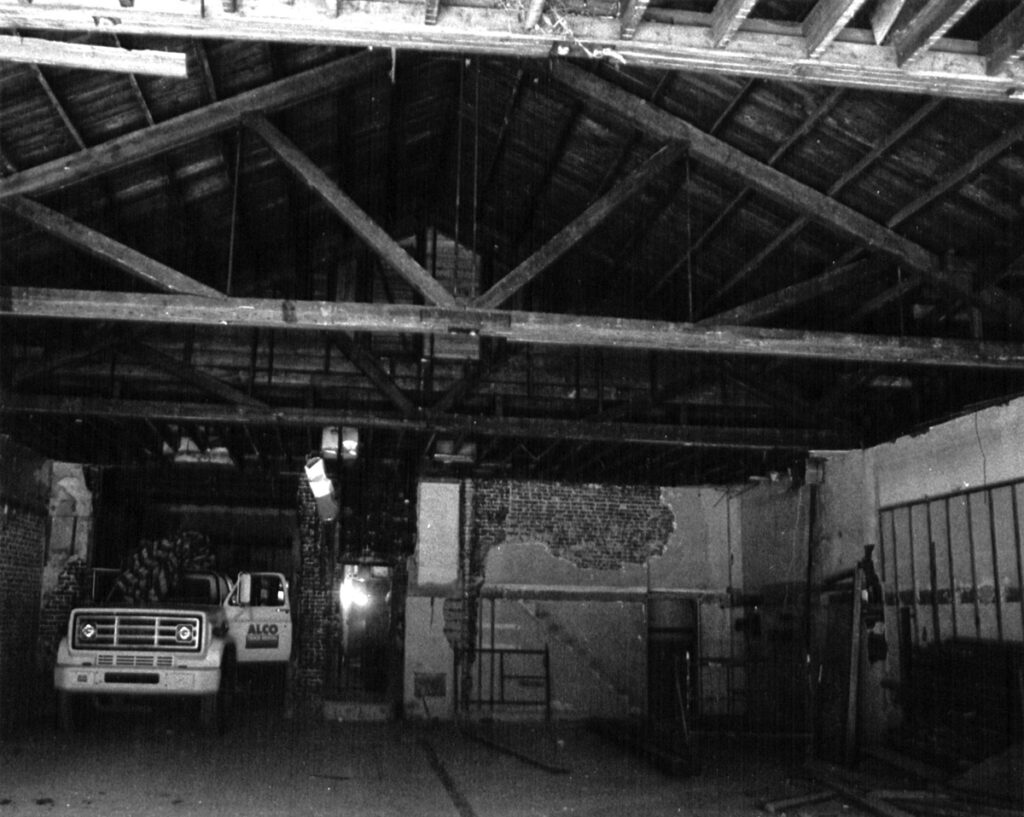
The Beacham Building extends from the theater north to Washington Street. When this photograph was taken in the 1980s, part of it was being remodeled into a club called Valentyne’s. In the 1990s, the Valentyne’s space became the Downtown Jazz & Blues Club and then the Blue Note (before getting a cease-and-desist order from Beacham’s Blue Note in New York).
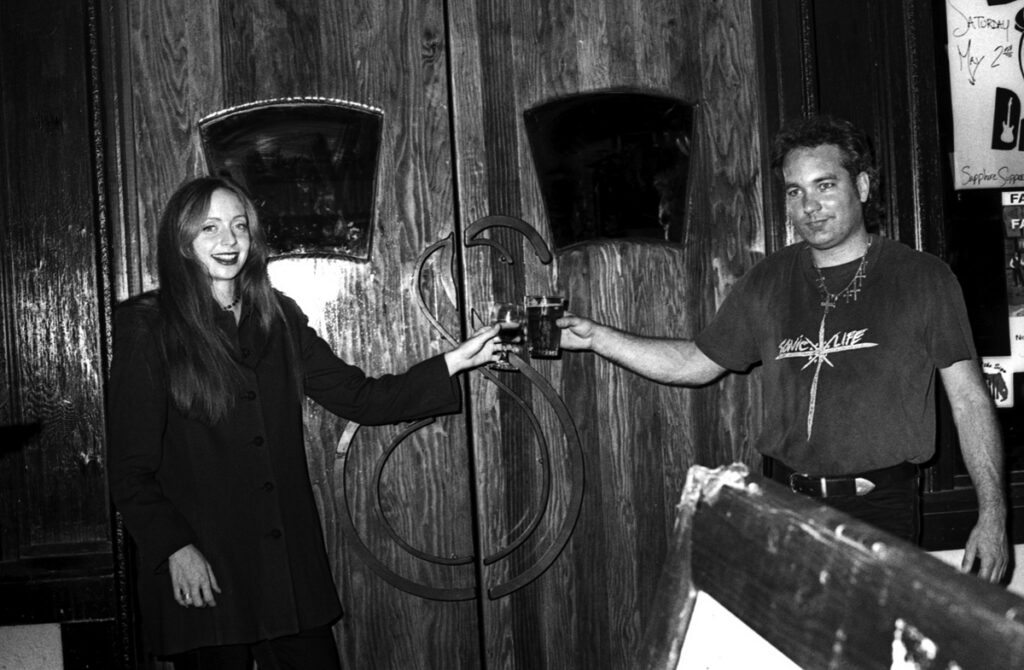
From 1995 to 2001, the Valentyne’s space became the Sapphire Supper Club, owned by Figurehead’s Jim Faherty and Shayni Rae. Since 2001, the spot has been home to a venue and bar called The Social.
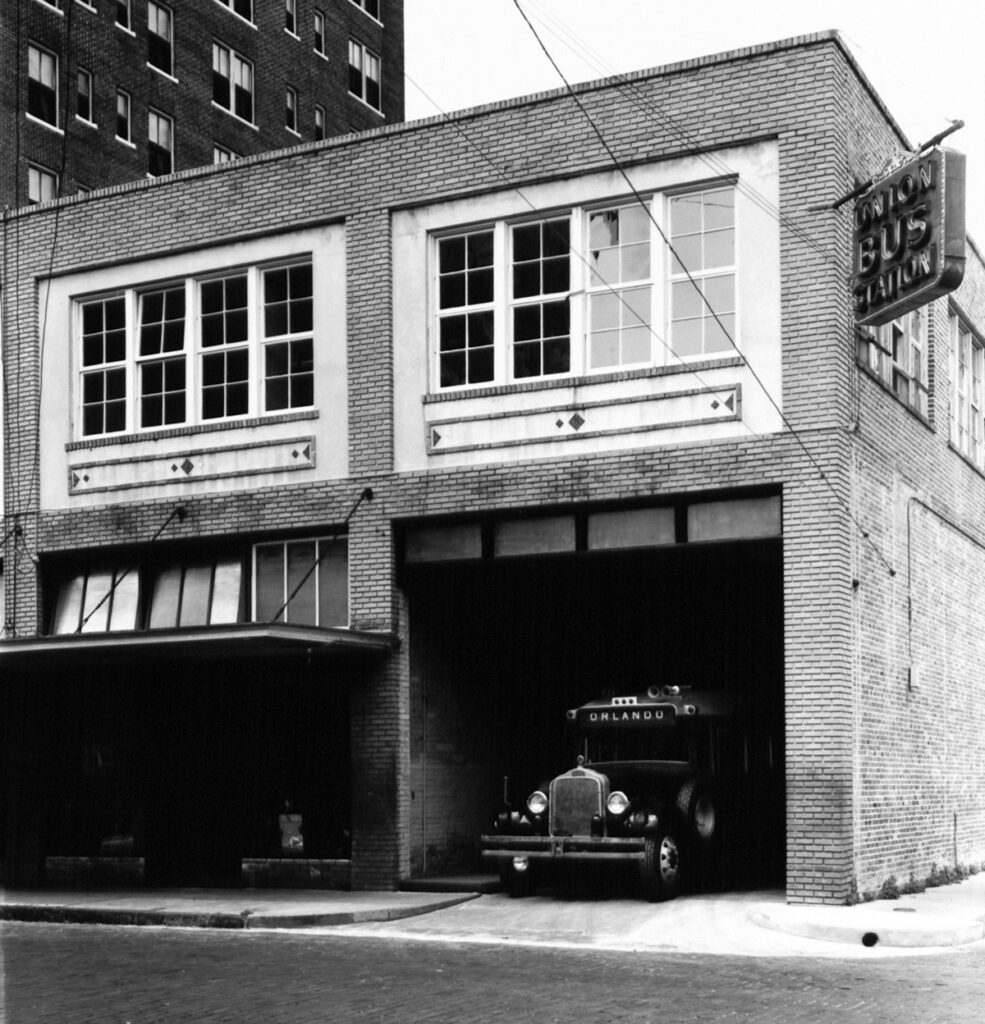
The first contemporary venue to open on Orlando’s Wall Street was 1992’s Yab Yum Coffeehouse, which, according to the Orlando Weekly, soon catered to a range of customers from “beatniks who liked the poetry readings, open mic nights and one-act plays; gutter punks who had nothing better to do; and judges and attorneys who grabbed a bagel before heading to the old courthouse.” In 1993 the owners opened Go Lounge in the former Union Bus Station on the corner of Court Avenue and Wall Street, hosting many Figurehead shows in back by moving out a 1963 Bluebird bus that was parked there to provide more seating for customers.
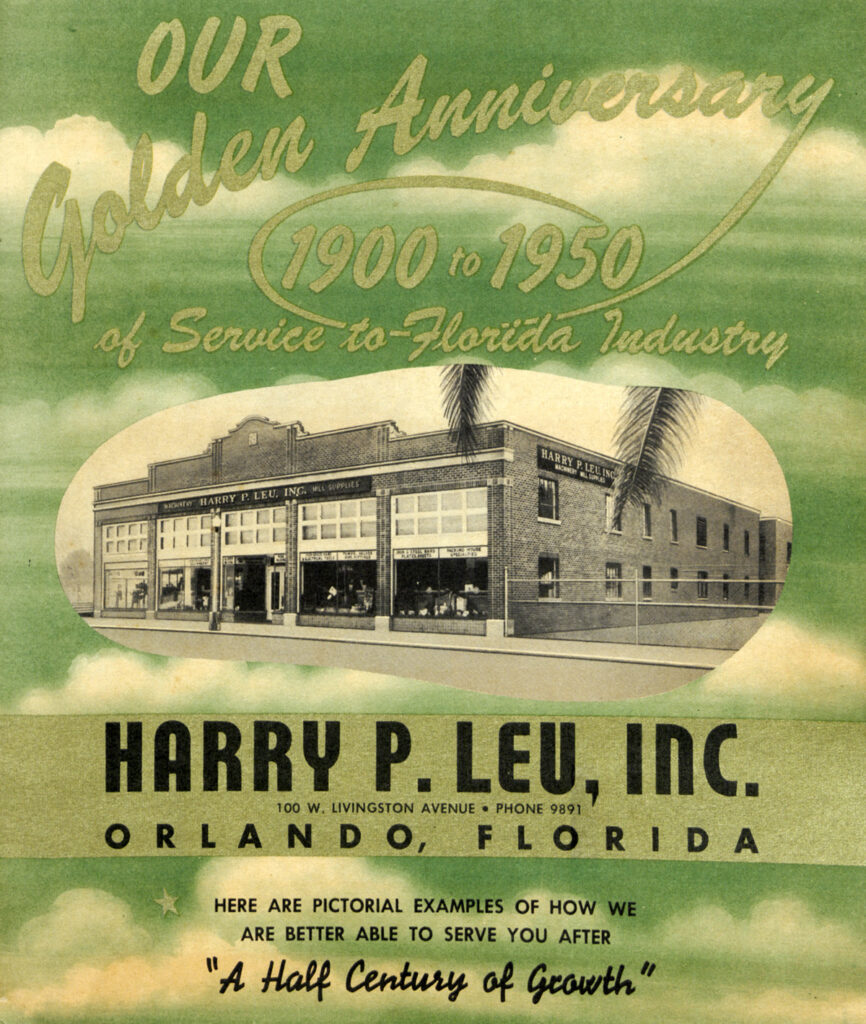
The Edge venue has featured performances by nationally known acts such as Nine Inch Nails, Beastie Boys, The Ramones, Foo Fighters, and Hole. At one time it housed the hardware-and-mill building supply company owned by Harry P. Leu. Later it became a country music venue called 8 Seconds. Today, the building is home to the Ace Café.
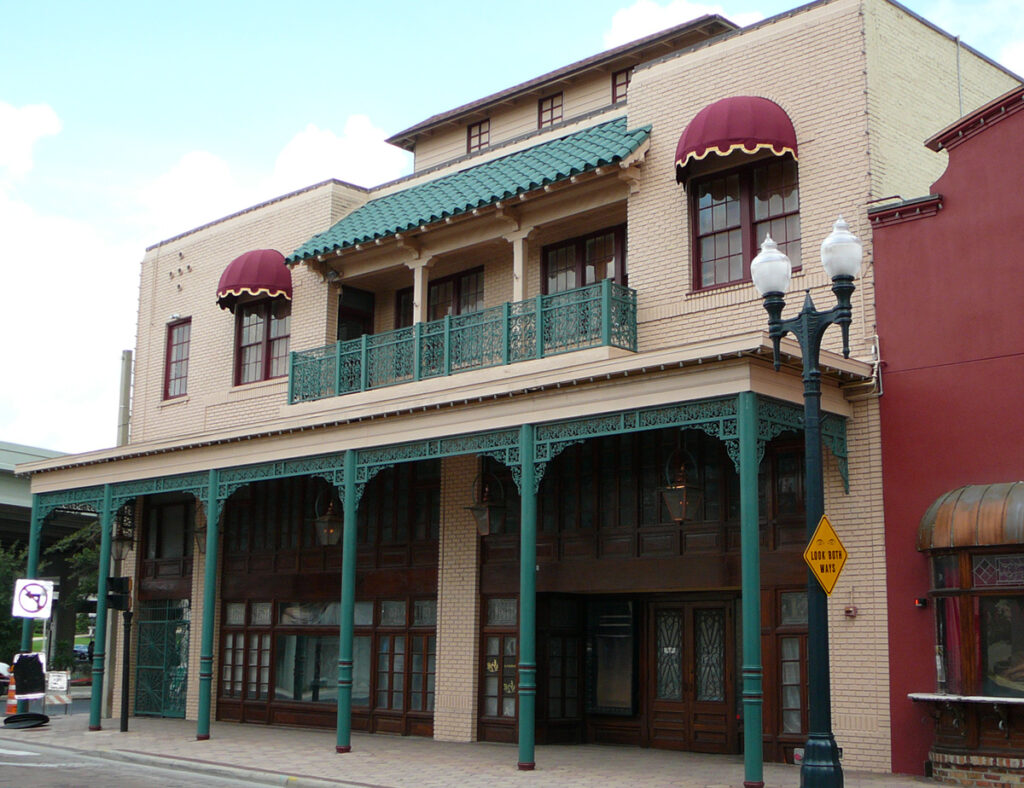
The brick building that once housed Rosie O’Grady’s Goodtime Emporium at Orlando’s Church Street Station was built by the J. C. Hanner Construction Co. in 1924. It housed Slemons’ department store and over the years was also the site of Belk-Lindsey’s department store, as well as the Orlando Hotel. Bob Snow purchased the building in 1973, and Rosie’s opened in 1974.
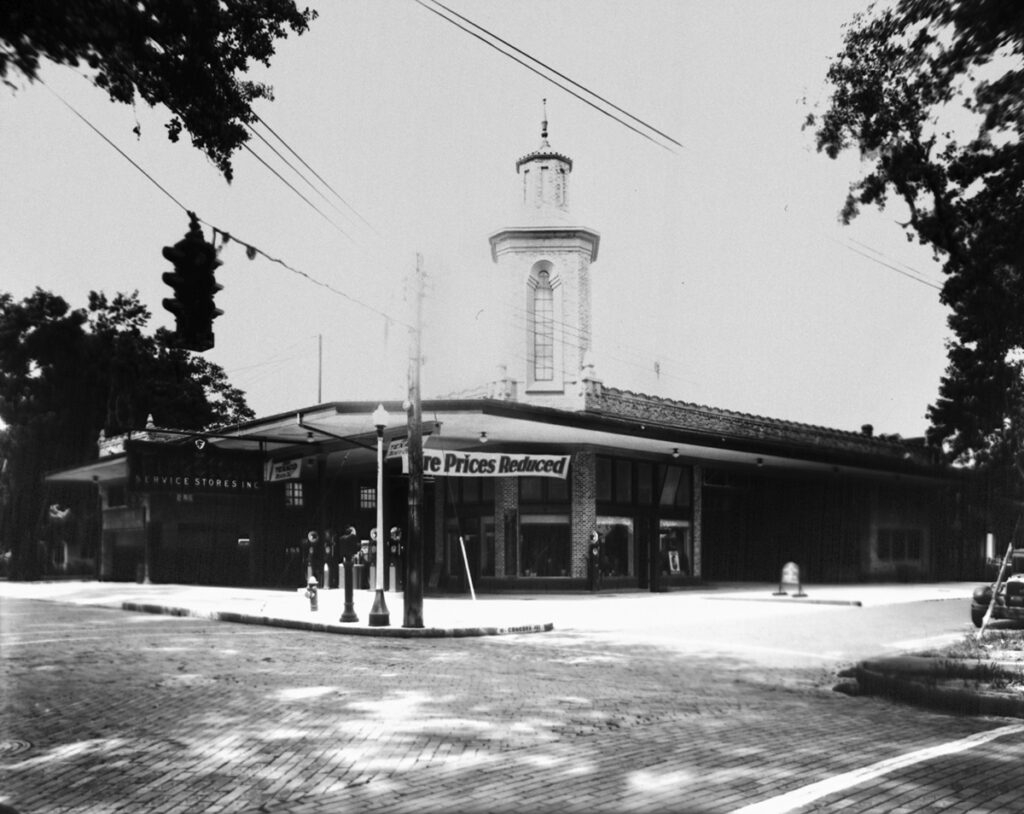
The Firestone building at the corner of Orange Avenue and Concord Street was built in 1930 during the Great Depression at what was then the northern boundary of downtown Orlando. In 1993 it transitioned from being a Firestone tire and auto-service center to a venue called The Club. Four years later the name was modified to Club Firestone, and Rolling Stone magazine proclaimed it the best dance club in the Southeast. Today it is known as The Vanguard.

